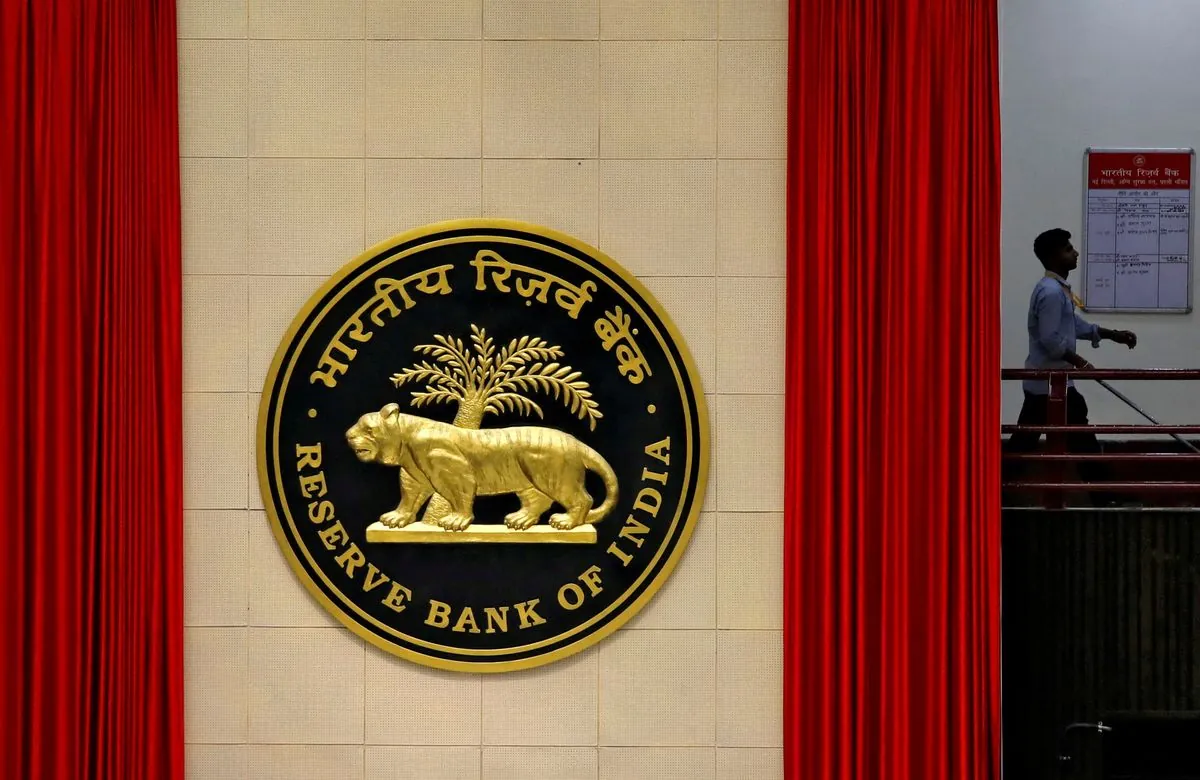The Reserve Bank of India (RBI) has implemented stricter regulations for peer-to-peer (P2P) lending platforms, effective immediately as of August 16, 2024. This move aims to address rule violations and protect consumer interests in the rapidly growing fintech sector.
P2P lending, which originated in the UK in 2005, connects individual lenders with borrowers directly, bypassing traditional financial institutions. In India, this innovative financial model has been recognized by the RBI as a form of Non-Banking Financial Company (NBFC) since 2017.
Under the new guidelines, P2P platforms are prohibited from:
- Assuming any credit risk from transactions
- Providing credit enhancement or guarantees
- Cross-selling insurance products as credit enhancements
- Promoting P2P lending as an investment product
The RBI has emphasized that lenders will bear the entire risk of loss, whether on principal or interest. This shift in risk allocation aligns with the fundamental nature of P2P lending, where platforms act as intermediaries rather than traditional lenders.
These regulations come in the wake of the RBI's intensified scrutiny of consumer finance services. Approximately eight months ago, in December 2023, Reuters reported that the central bank had instructed P2P platforms to cease certain activities following inspections that revealed rule violations and misleading sales practices.
The new framework also mandates increased transparency. P2P platforms must now disclose information about losses incurred by lenders on both principal and interest. Additionally, they are not permitted to use one lender's funds to replace another lender's investment.
It's worth noting that the P2P lending market in India has grown significantly since the launch of the first platform, i-Lend, in 2012. The global P2P lending market was valued at $67.93 billion in 2019, highlighting the sector's potential and the need for robust regulation.
The RBI's regulatory approach balances innovation with consumer protection. P2P platforms in India are required to maintain a minimum net owned fund of ₹2 crore and adhere to a leverage ratio of 2. The central bank has also set caps on lending and borrowing: a single lender's exposure across all P2P platforms is limited to ₹50 lakh, while borrowers are restricted to ₹10 lakh in aggregate loans across platforms.
These measures, along with the requirement for P2P platforms to submit quarterly reports to the RBI, demonstrate the central bank's commitment to fostering a stable and transparent P2P lending ecosystem in India.
As the P2P lending sector continues to evolve, with a maximum loan maturity period of 36 months in India, these new regulations are expected to enhance trust and stability in the market, ultimately benefiting both lenders and borrowers in the long run.
